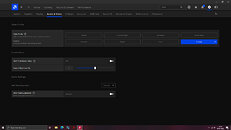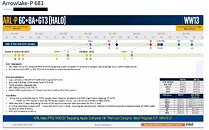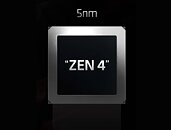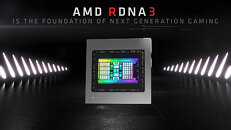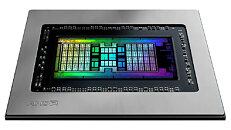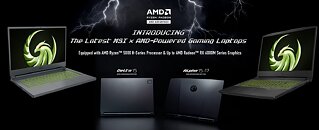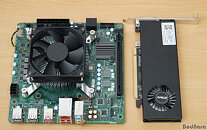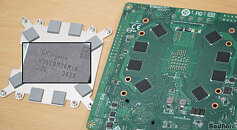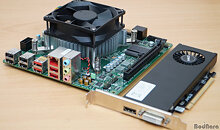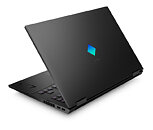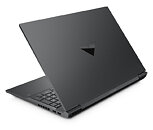
AMD Radeon RX 7900 RDNA3 GPU Launch Could Face Scarcity, China Loses Reference Card Privilege
AMD's next-generation Radeon RX 7900 high-end graphics cards are set to arrive next week and bring the new RDNA3 GPU architecture to the masses. However, it seems like the customers will have to fight for their purchase as the availability could be scarce at launch, leading to potentially increased prices with low stocks. According to Igor's Lab report, Germany will receive only 3,000 reference MBA (Made By AMD) units of Radeon RX 7900 series cards. In contrast, the rest of the EMEA region will receive only 7,000 MBA units. These numbers are lower than expected, so AIB partners may improve the supply once their designs hit shelves.
On the other hand, mainland China will not receive any MBA units of the new cards as a sign of increasing tension with Taiwan. Of course, AMD's board partners will supply their designs to China, and they are allowed to; however, it seems that only AMD is making a statement here. In addition to supply issues, the launch is rumored to be covered in BIOS issues such as memory leaks and the COVID-19 outbreak affecting production in closed factories. Of course, all of this information should be taken with a grain of salt, and we must wait for the official launch before making any further assumptions.
On the other hand, mainland China will not receive any MBA units of the new cards as a sign of increasing tension with Taiwan. Of course, AMD's board partners will supply their designs to China, and they are allowed to; however, it seems that only AMD is making a statement here. In addition to supply issues, the launch is rumored to be covered in BIOS issues such as memory leaks and the COVID-19 outbreak affecting production in closed factories. Of course, all of this information should be taken with a grain of salt, and we must wait for the official launch before making any further assumptions.







